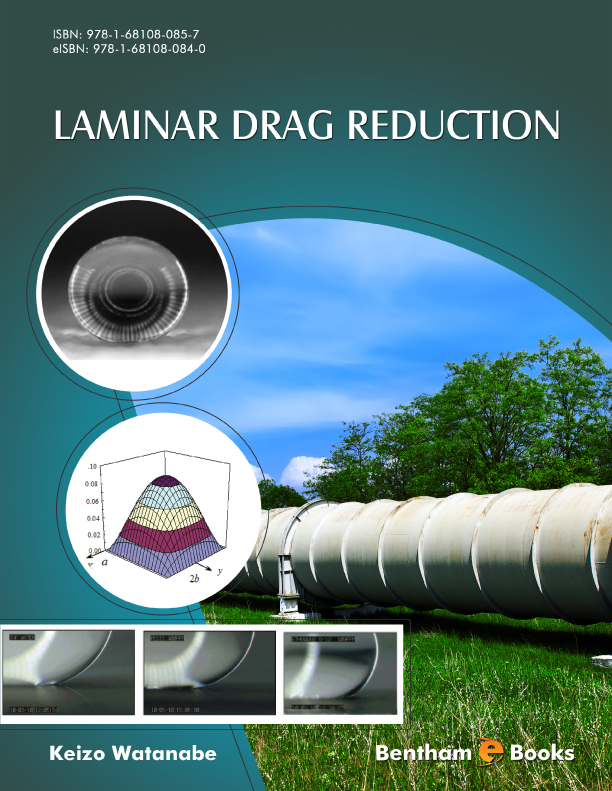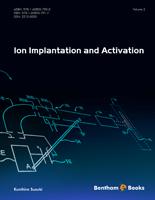Preface
Hydraulic transportation systems with a pumping operation are frequency used in petroleum pipelines or the process lines of many industrial plants. Thus, approaches for reducing the pumping power promote energy savings. For example, we highlight the application of drag reduction phenomena as one such procedure that can reduce the transportation power.
As well known, in 1883 O. Reynolds described the flow behavior in a pipe, namely, the real fluid flow regimes which are classified as laminar or turbulent on the basis of the flow structure. Flow structure in the turbulent regime is characterized by random motions resulting from the turbulence, which is a dominant factor for the drag. Therefore, if the flow is turbulent, modification of the turbulence becomes the target for achieving a reduction of the drag. Since Toms’ effect was reported in 1943, many researchers have investigated the turbulent drag reduction that is achieved using numerous drag reducing additives, including high molecular weight polymers, micro fibers or particles, surfactants and bio-polymers etc. Currently, polymer or surfactant solutions are applied in many pipeline systems.
On the other hand, in the laminar regime, the flow structure is characterized by smooth motion in the layers with no turbulence. Thus, it is necessary to establish a new concept within the turbulence modification procedure in order to obtain laminar drag reduction. In general, there is no slip at the boundary for real fluids; the fluid in direct contact with the solid boundary has the same velocity as the boundary itself. This is an experimental fact based on numerous observations of fluid behavior. If fluid slip occurs at the solid boundary, the drag or loss will be reduced compared to that of the case of no slip; laminar drag reduction is achieved in this scenario. The development of a hydrophobic material makes it possible to cause a relatively large fluid slip at the solid wall. Although the fluid slip is not significant for achieving drag reduction in turbulent regime, using a fluid slip we can obtain drag reduction in a laminar flow.
This book was written to meet for a discussion of laminar drag reduction utilizing the fluid slip of Newtonian fluids at a highly water repellent wall. The author hopes that this book will serve the need they see and be useful researcher and engineering at universities and for the practical engineer on new drag reduction phenomena related the interaction between liquid and the hydrophobic wall.
Many sources for the experimental results in this book have been drawn from papers that were produced at the Fluid Engineering Laboratory in the Faculty of Engineering at Tokyo Metropolitan University. I am indebted to a great many teachers and students who have assisted me during my work at the university. This book would never have been written without their cooperation.
ACKNOWLEDGEMENTS
The author acknowledges gratefully the assistance and cooperation of Dr. S. Ogata, Associate Professor at Graduate School of Science and Engineering of Tokyo Metropolitan University.
CONFLICT OF INTEREST
The author confirms that this ebook contents have no conflict of interest.
Keizo Watanabe
Tokyo Metropolitan University
Japan
E-mail: keizo@tmu.ac.jp





